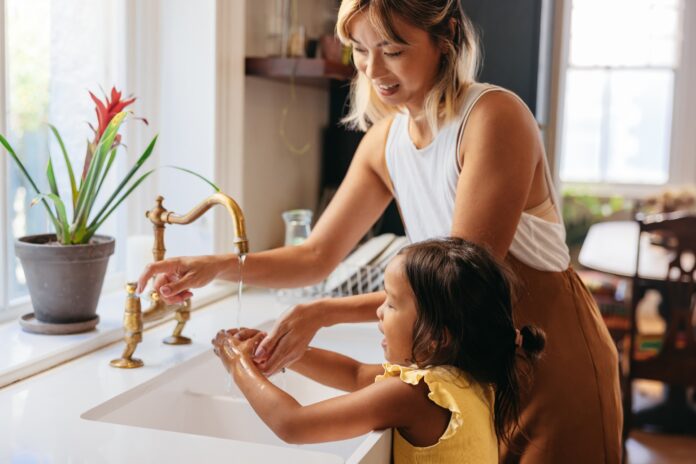“Water, water everywhere and not a drop to drink”, wrote Samuel Taylor Coleridge in his 1834 poem The Rime of the Ancient Mariner.
The catastrophic situation Coleridge describes is one our government and stakeholders are busting their boilers to avoid.
This month, the Premier announced that a desalinisation plant was to be built to help shore up water security in the next decade, and the multi-billion-dollar water factory would probably be sited here.
It makes sense to conjure that kind of alchemy, given the endlessness of our briny sea.
And with an extra 200,000 people set to move here in the next 20 years, we are going to need lots of big infrastructure to keep us all happy, fed and watered.
This is National Water Week – a time to take stock and give thanks that we can turn on the tap and drinkable water flows.
Not all are so lucky, and there are towns where soft drink runs more freely than water because the clear stuff tastes so bad.
The Australian Water Association (AWA) says a quarter of all Australians don’t know how water arrives at their taps and 45 per cent do not think about using it.

But think about it we must, with forecasters telling us to brace for a warm, dry spring/summer.
Sometimes you don’t know what you’ve got ’til it’s gone – or in short supply.
Remember the four-minute showers, with a government-issued timer in every cubicle to count you down, when the state’s southeast corner was in drought in 2009?
Being concerned about water use may not have stuck in our daily rhythm, but some drought habits stayed: water-saving shower heads, lower pipe pressure and water tanks.
The push has been on for us all to live more sustainably, and water is no exception.
Want more free local news? Follow Sunshine Coast News on Facebook, LinkedIn and Instagram.
So, here are a few AWA facts:
• water from the bathroom and laundry gets treated before it enters the waterways, but stormwater from roofs and roads doesn’t
• a 10 litre bucket is equivalent to running the tap for two minutes or the shower for one minute
• a full dishwasher load uses twice as much (20 litres)
• a dripping tap uses 12,000 litres a year.
Conscious consumption is key, and appreciation of our good fortune is helpful in living more deliberately.
Dr Jane Stephens is a UniSC journalism lecturer, media commentator and writer.





